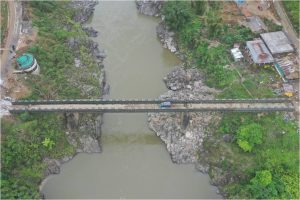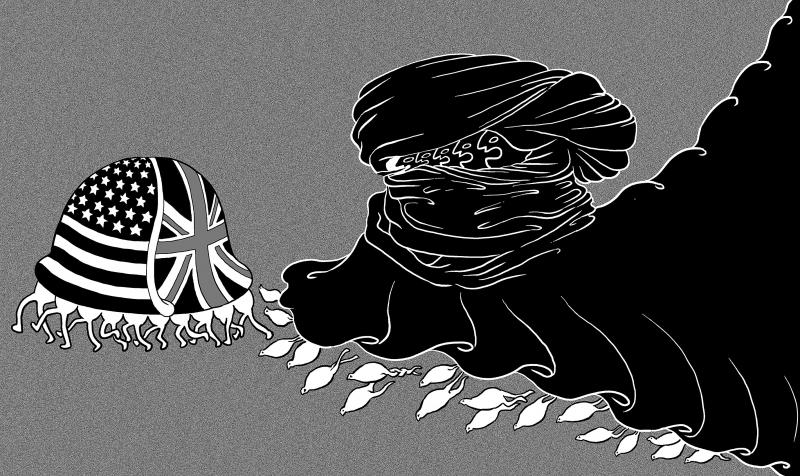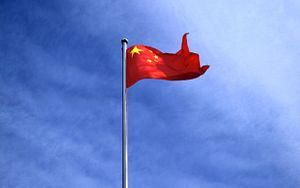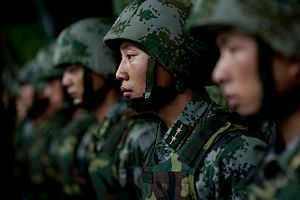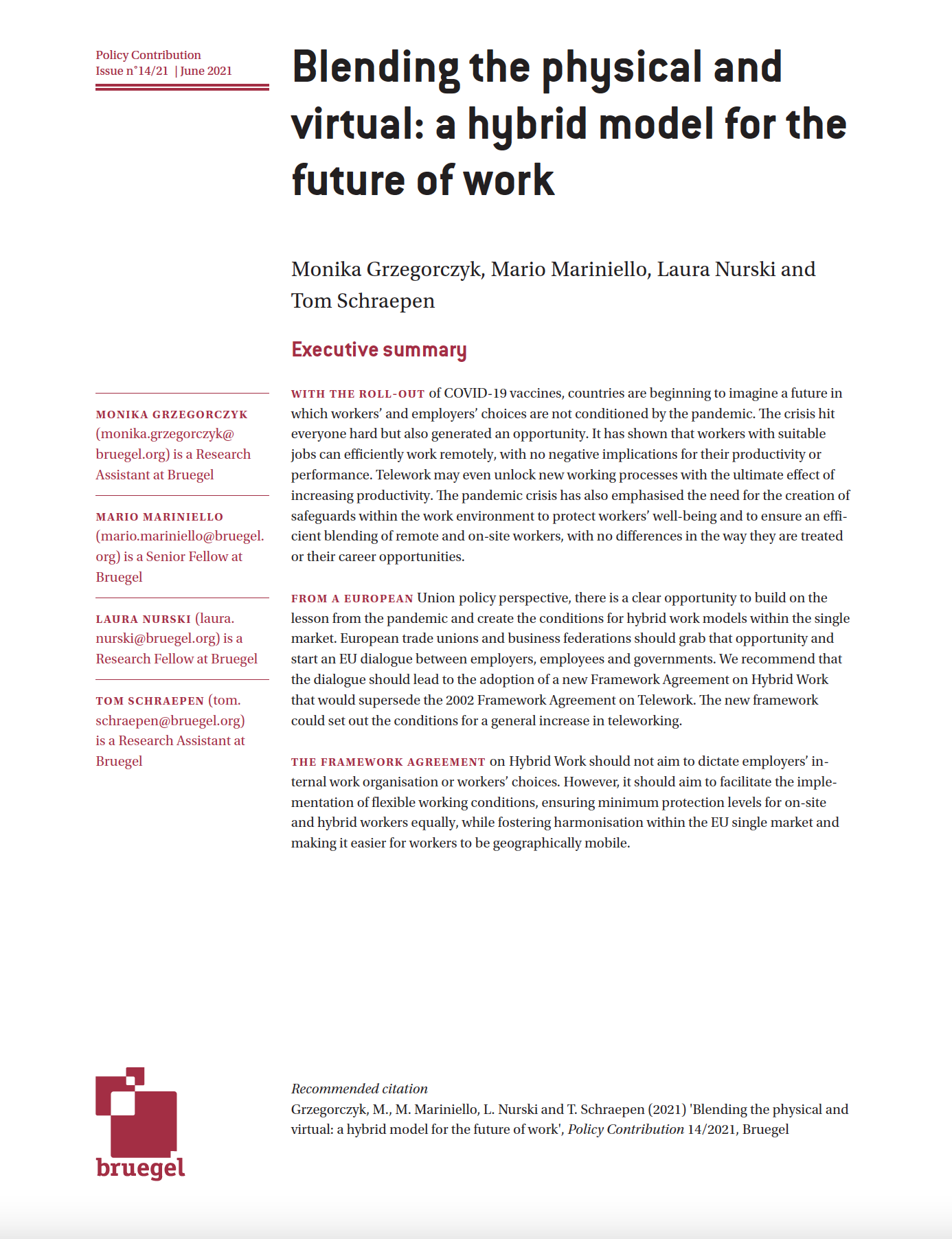Shannon Tiezzi
On June 23, China held a virtual conference on the Belt and Road Initiative (BRI), formally titled the “Asia and Pacific High-level Conference on Belt and Road Cooperation.” The meeting was hosted by Foreign Minister Wang Yi, with President Xi sending a written address.
According to the Chinese Foreign Ministry, the conference was attended by “more than 30 parties, including foreign ministers or economic ministers of relevant countries in Asia-Pacific and representatives of the United Nations and other international organizations.” The countries in attendance, according to a Foreign Ministry press release (in Chinese), were Afghanistan, Bangladesh, Brunei, Cambodia, Chile, China, Colombia, Fiji, Indonesia, Kazakhstan, Kyrgyzstan, Laos, Malaysia, Maldives, Mongolia, Myanmar, Nepal, Pakistan, Philippines, Saudi Arabia, Singapore, Solomon Islands, Sri Lanka, Tajikistan, Thailand, Turkmenistan, the United Arab Emirates, Uzbekistan, and Vietnam.
Myanmar was an especially interesting inclusion, continuing China’s trend of recognizing the junta that took control in a February 1 coup as a legitimate diplomatic actor.


